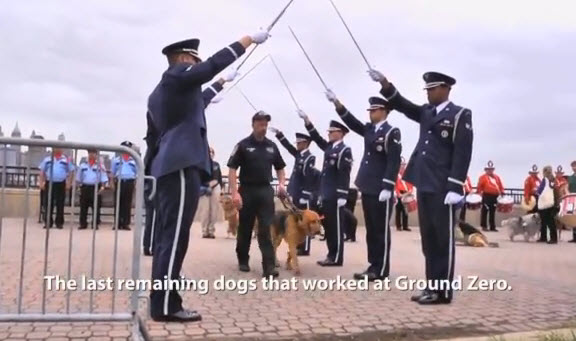It’s hard to return here. To see this.
John Donne wrote, ‘Thy firmness makes my circle just and makes me end where I begun’.
It’s hard to return here. To see this.
John Donne wrote, ‘Thy firmness makes my circle just and makes me end where I begun’.
The Animal Medical Center is proud to announce that it has been selected to receive an $80,000 research grant in comparative oncology by the 2 Million Dogs Foundation, an organization committed to discovering the common links between canine and human cancers and the causes of these cancers through comparative oncology research.
In dogs, transitional cell carcinoma (TCC) is the most common tumor of the urinary tract. TCC typically presents at a very advanced stage and the majority of dogs diagnosed with this tumor are euthanized due to failure to control the local disease within the urinary tract. Current therapies include chemotherapy, radiation therapy, and surgical debulking but none are able to consistently produce lasting remissions.
The AMC research study being conducted in affiliation with Memorial Sloan-Kettering Cancer Center will be led by Dr. Chick Weisse, head of Interventional Radiology Service. This study will compare systemic chemotherapy levels experienced by a canine patient following intravenous (typical route) versus intra-arterial (image-guided) routes of chemotherapy administration in the same patient.
“At The AMC, recent advancements in interventional radiology techniques enable us to administer different drugs into the arteries feeding the actual tumors via minimally-invasive approaches – in order to achieve very high regional drug concentrations within the tumor – without the systemic side effects that would occur had these levels been administered intravenously,” said Dr. Weisse. The investigators hope to demonstrate higher achieved levels of chemotherapy within the targeted tissues as well as improved tumor remissions in canine patients with naturally occurring transitional cell carcinomas of the urinary bladder and urethra.
“2 Million Dogs is proud to be working with the Animal Medical Center and Memorial Sloan-Kettering Cancer Center, two of the most prestigious institutions in comparative oncology,” said Ginger Morgan, Executive Director and President of the Board of 2 Million Dogs Foundation.
About 2 Million Dogs Foundation
2 Million Dogs Foundation is committed to discovering the common links between canine and human cancers and the causes of these cancers through comparative oncology research. The organization will accomplish that mission through education and awareness, empowerment and mobilization and investment in research. For more information: http://www.2milliondogs.org
About The Animal Medical Center
The Animal Medical Center (AMC), located on the Upper East Side in New York City, is a non-profit veterinary center that has been a national leader in animal care since 1910. As an academic veterinary hospital, The AMC promotes the health and well-being of companion animals through advanced treatment, research and education. The AMC staff is comprised of over 100 veterinarians who utilize an interdisciplinary team approach combining expertise across specialty areas and services to care for your pet 24 hours a day, 365 days a year. For more information: http://www.amcny.org
——–
YBD’s Notes 1: Chip Weisse, the principle investigator provided us with a Power Point Presentation that I wanted to share with you. However, how to convert it and post it here has been a serious pain in my arse, hence the delay.
.jpeg) Sunday, I was on my way to the flagons, dragons, and wenches of the Renaissance Festival in Connecticut and when I typed in the address for it at 14 Stott Avenue, Google Maps autocorrected it for 14 Scott Street.
Sunday, I was on my way to the flagons, dragons, and wenches of the Renaissance Festival in Connecticut and when I typed in the address for it at 14 Stott Avenue, Google Maps autocorrected it for 14 Scott Street. 
